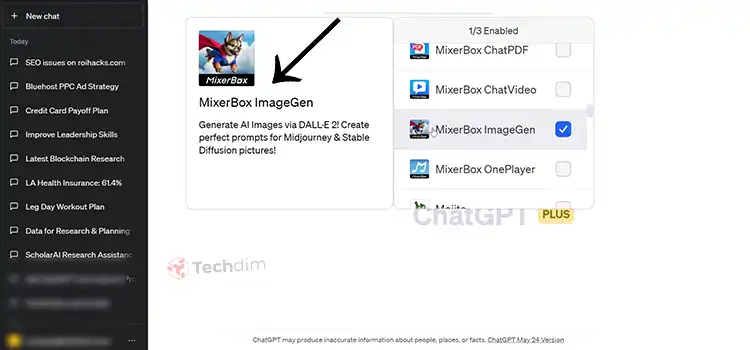How To Keep Your Data Safe When Using Public Wi-Fi
While Wi-Fi hotspots in places like cafes, bookstores, airports, hotels, and campuses can be handy, they aren’t always safe to use. There is a risk that your data will be intercepted if you use a public Wi-Fi connection to transmit it online or via a mobile app. Using public Wi-Fi to stay connected to the web while traveling can be a lifesaver. However, there are a few things you should know about keeping your data safe before you start streaming your favorite program or checking your email on a public Wi-Fi network. Read on for detailed advice! You’ll learn different methods to keep your private data secure.

1. Avoid Using Public Wi-Fi for Sensitive Activities
Never use a public Wi-Fi network to access anything of value, including your bank account or business email. Use a virtual private network or your mobile data service instead. Both options will provide you with data protection. Using your mobile data instead of Wi-Fi is a good idea if you’re on the go and don’t have access to a VPN that can encrypt your traffic. Since it’s not always obvious whether or not an app employs encryption, this is a safe bet whenever sensitive data is being stored within it.
2. Use a VPN
With a VPN, users may safely connect across a public network. Data flows using VPNs are encrypted, and user identities are concealed. With a virtual private network, hackers will have a tough time tracking your online activities and stealing sensitive data. Using a virtual private network is the best way to ensure that your device is connected to the Internet securely. When using this secure network, no one else will be able to see what you are doing on distant servers. To improve one’s online safety and privacy, a reliable VPN service is a good solution that may be used in conjunction with other security precautions.
3. Be Aware of Fake Wi-Fi Networks
To steal sensitive information, hackers frequently set up bogus Wi-Fi hotspots. This is another method that hackers employ to lure victims into joining a bogus network. Make sure you are only joining secure networks. If you don’t, these hackers can access your private data, including your social media accounts, banking credentials, and other information that might be essential to your safety. If you’ve set up your phone or laptop to share files, they may also view the information stored on it. Another approach is for hackers to send bogus notifications of a system upgrade after you’ve connected to the fake network to push malware onto your device. Instead of updating, they install malware that can broadcast your private files, images, and communications in real-time. This is dangerous, and you should make sure that you establish online safety.
4. Keep Your Software Up-to-Date
Keeping your computer’s software up-to-date is a good way to protect the information on it. Everything from the computer itself to the web browser and programs installed on it is considered software. These revisions typically include bug fixes, enhancements, and faster operation. In addition to fixing bugs and adding new features, they typically include security fixes that must be applied immediately to the device’s software. Phone and app updates are important because they close security holes that might be exploited by hackers to gain unauthorized access to your devices.
5. Use Strong Passwords
In reality, there is always a slim chance that someone may try to access or steal your information, even though the vast majority of websites are safe. Hackers usually live off this. One of the most effective methods to keep hackers out of your accounts and personal data is to choose a complex password. Having robust passwords for all of your online accounts is yet another layer of defense. A secure password has at least eight characters, varies between upper and lower case, has digits, and has special characters.
You must learn the dangers of using public Wi-Fi networks regarding digital security. Users could be safer from identity theft, which is a serious problem that the internet poses. You can follow the suggestions above, as they are low-effort and cheap.
Subscribe to our newsletter
& plug into
the world of technology





